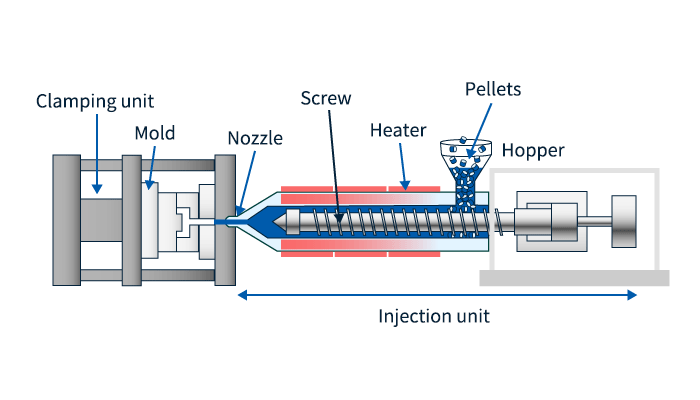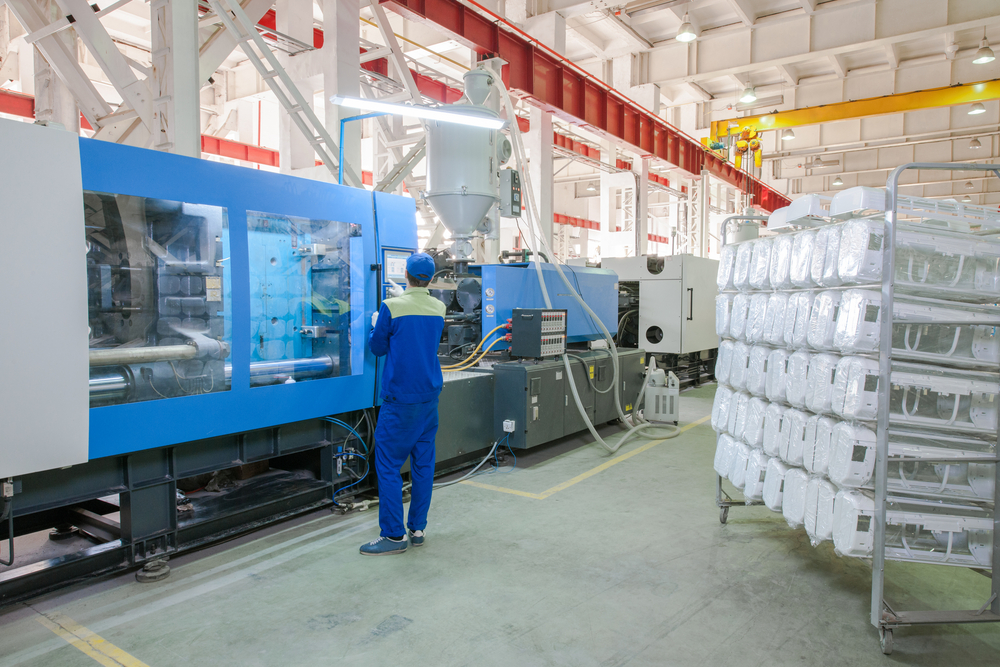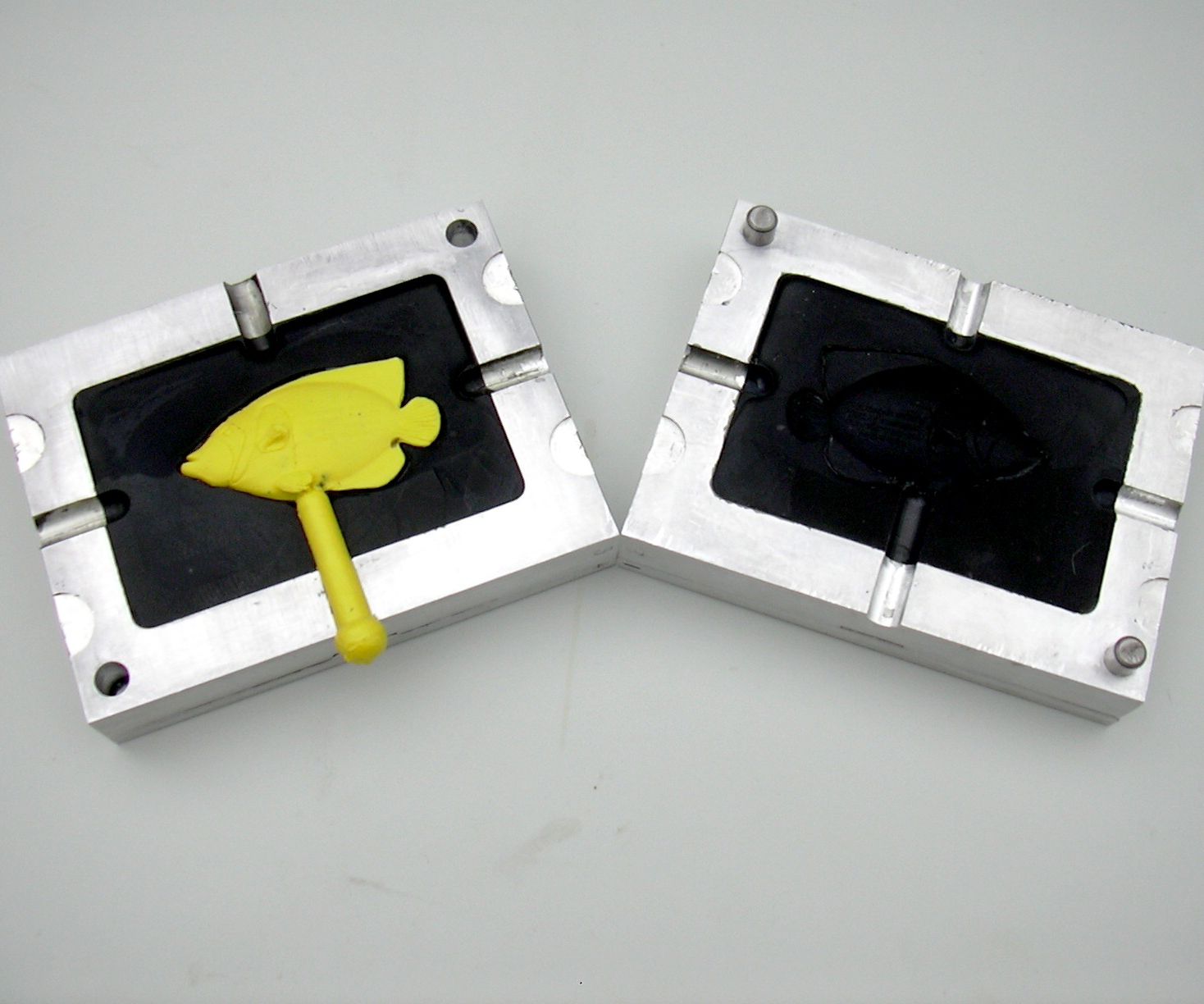The Influence of Plastic Injection Molding on Reducing Manufacturing Prices and Waste
Wiki Article
The Future of Plastic Shot Molding: Trends and Developments to Watch
As the plastic shot molding sector advances, several essential patterns are arising that assurance to reshape its landscape. Automation and smart manufacturing methods are established to boost performance, while the change towards sustainable materials reflects a growing environmental consciousness. Moreover, innovations in 3D printing are leading the means for unprecedented design flexibility. However, these technologies additionally generate obstacles that call for mindful factor to consider. Understanding how these elements will certainly connect and affect future methods is important for stakeholders wanting to navigate this transformative duration properly.Automation and Smart Manufacturing
As the plastic shot molding market advances, automation and wise manufacturing are taking spotlight, reinventing production procedures - Plastic Injection Molding. The combination of advanced modern technologies such as robotics, IoT (Web of Things), and expert system is making it possible for producers to enhance effectiveness, reduce functional costs, and boost product top quality. Automated systems improve operations, reducing hand-operated intervention and raising throughput, which is important in fulfilling the increasing need for rapid manufacturing cyclesSmart manufacturing innovations facilitate real-time tracking and information analysis, enabling firms to optimize maker performance and anticipate maintenance demands. This aggressive method not only lessens downtime but also expands the lifespan of tools. The use of collaborative robots, or cobots, boosts the flexibility of manufacturing lines, making it possible for employees and machines to run side by side safely and efficiently.
The adoption of automation in plastic shot molding is not simply a pattern but a critical vital for companies aiming to continue to be affordable in an international market. By taking advantage of these innovations, producers can achieve greater accuracy, reduce waste, and adjust quickly to changing client demands, placing themselves for lasting growth in a significantly computerized future.
Sustainable Materials and Practices
The push in the direction of automation and smart manufacturing has paved the method for a better focus on lasting materials and methods within the plastic injection molding sector. Companies are significantly seeking environment-friendly choices to standard petroleum-based plastics, resulting in the adoption of bio-based and recycled materials. These sustainable products not just decrease ecological influence yet likewise align with customer need for greener items.
Additionally, cooperation between suppliers, material providers, and ecological companies is cultivating development in the advancement of sustainable materials that satisfy performance requirements without jeopardizing high quality. As guidelines around plastic usage end up being stricter, the industry is poised to adapt by embracing these sustainable strategies, ensuring long-term stability and reducing dependence on non-renewable sources. The combination of sustainability into plastic injection molding is not merely a fad; it is becoming a vital element of corporate responsibility and functional quality.
Advancements in 3D Printing
Recent advancements in 3D printing modern technology are dramatically transforming the landscape of plastic injection molding. Once tough or impossible to accomplish through typical techniques, the integration of additive production processes permits for the rapid prototyping of intricate geometries that were. This ability not just speeds up item advancement cycles yet likewise reduces product waste, aligning with the growing need for sustainable production practicesIn addition, the development of crossbreed manufacturing methods, which combine 3D printing and injection molding, supplies producers the capacity to create complex designs while keeping the performance of automation. This method enables the production of customized parts customized to specific client needs without sacrificing the speed and scalability that go to website shot molding gives.
Additionally, improvements in products, such as high-performance polymers and composites particularly made for 3D printing, are enhancing the functional abilities of published parts. These materials can endure higher stress and anxiety and exhibit enhanced thermal buildings, making them suitable for more demanding applications.
As 3D printing continues to progress, its assimilation right into plastic shot molding procedures promises to enhance productivity, decrease expenses, and foster advancement in item design, positioning manufacturers to better meet the challenges of an open market.
Data Analytics and IoT Integration
Data analytics and the integration of the Internet of Things (IoT) are revolutionizing plastic injection molding by providing manufacturers with unprecedented understandings right into their procedures. By leveraging real-time information gathered from interconnected makers and sensors, producers can keep track of performance metrics, identify ineffectiveness, and enhance production processes. This data-driven approach facilitates anticipating upkeep, decreasing downtime and extending equipment life-span.In addition, IoT combination enables for enhanced quality control. By continually tracking variables such as temperature level, pressure, and cycle times, makers can quickly detect inconsistencies from developed parameters and make changes in genuine time. This not only boosts product uniformity however also minimizes waste and scrap rates.
The blend of data analytics and IoT technologies likewise empowers makers to adopt even more nimble manufacturing techniques. With accessibility to extensive information analytics, organizations can react to market needs with higher adaptability, changing manufacturing schedules and arrangements as needed. This versatility is essential in a quickly transforming manufacturing landscape.

Personalization and Layout Adaptability
Just Learn More how can modification and layout adaptability boost the competition of plastic shot molding? In a significantly varied market, the capacity to supply customized remedies is extremely important. Customization permits suppliers to fulfill details customer demands, fitting special dimensions, shapes, and functionalities that basic products might not accomplish. This adaptability not just promotes client commitment yet likewise opens avenues for brand-new organization possibilities across numerous sectors, from vehicle to consumer goods.Innovations in style technologies, such as computer-aided layout (CAD) and fast prototyping, more boost this trend. useful site These devices enable developers to produce detailed patterns and complicated geometries, which can be seamlessly incorporated into the manufacturing process. Because of this, manufacturers can respond promptly to altering customer preferences and market needs.
Moreover, the application of modular tooling systems boosts design adaptability, permitting quicker modifications in between different item layouts without comprehensive downtime. This flexibility can lead to minimized preparations and lower production prices, making companies much more competitive and active. Inevitably, embracing personalization and layout adaptability in plastic injection molding not just raises item offerings but also enhances market positioning in an ever-evolving landscape.
Verdict
The future of plastic shot molding is identified by considerable improvements in automation, sustainable practices, and innovative materials. Modification via modular tooling and fast prototyping will enable manufacturers to remain affordable and receptive to the vibrant needs of the market.
The future of plastic shot molding is characterized by considerable improvements in automation, lasting practices, and innovative materials.
Report this wiki page